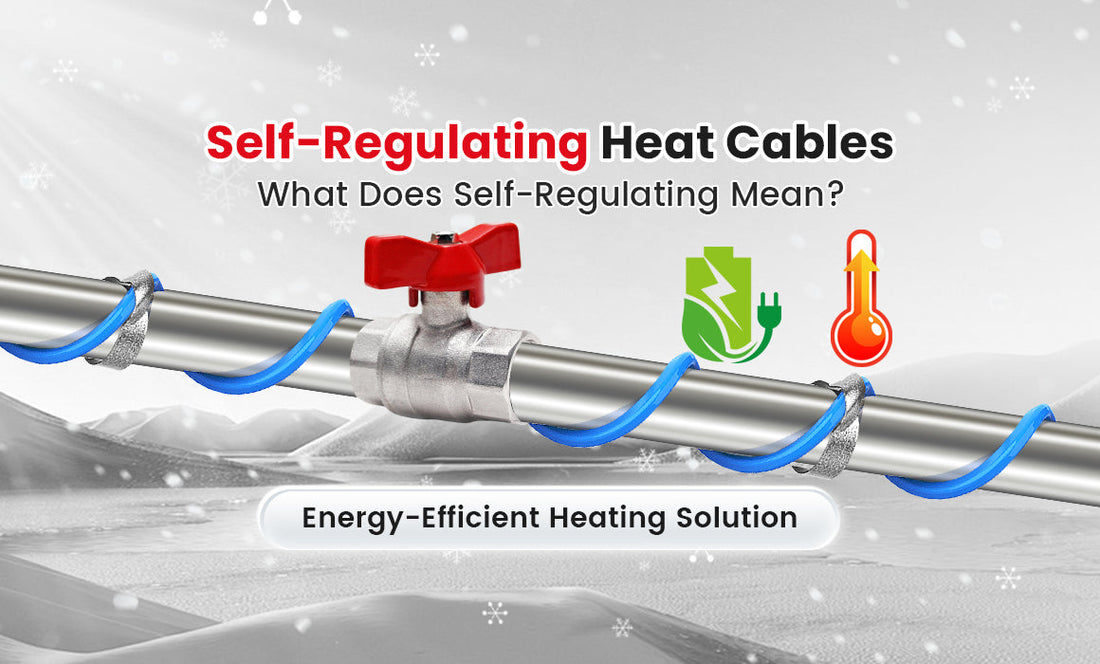Self-regulating heating cables automatically adjust their power output based on external temperatures, including the ambient air and the surfaces they contact. As the temperature drops, these cables increase heat output, and as it rises, they reduce power consumption. This innovative technology ensures effective pipe freeze protection while minimizing energy use, providing precise heating only where needed.
How Does Self-Regulating Heat Tape Differ from Standard Heat Tape?
Standard heat tapes, commonly referred to as constant wattage cables, operate at a fixed power level. Once plugged in, they continuously generate heat without adjusting to the surrounding environment. Without a thermostat to control them, these cables may keep heating unnecessarily, leading to excessive energy use and potential safety hazards.
In contrast, self-regulating heat tapes automatically adjust their output in response to external temperatures. As a result, the heat output is managed within a specific range, preventing overheating. For example, Our self-regulating heat tape is designed to not exceed 140°F, adding an extra layer of protection and safety.
The Advantages of Self-Regulating Heat Cables: Energy Savings and Safety
One of the key advantages of self-regulating heat cables is their energy efficiency. These cables only draw the power they need based on the environmental temperature, making them a cost-effective choice for long-term use. In the long run, they help reduce energy bills by avoiding unnecessary power consumption.
Additionally, self-regulating cables minimize the risk of overheating. Unlike constant wattage cables, which may keep heating unchecked, these cables automatically balance their output, providing both safety and peace of mind.
How Do Self-Regulating Cables Work?

The inner workings of self-regulating cables involve two bus wires embedded in a carbon-containing material. When the temperature drops, the material contracts, bringing the bus wires closer together, which generates heat. As the temperature rises, the material expands, reducing heat generation by separating the wires. This process occurs on a microscopic level, allowing the cable to regulate its temperature without needing a thermostat.
Furthermore, each part of the cable adjusts independently, ensuring that only the sections exposed to colder temperatures will increase their heat output. This localized adjustment ensures the cable operates efficiently, providing heat precisely where it is needed.



